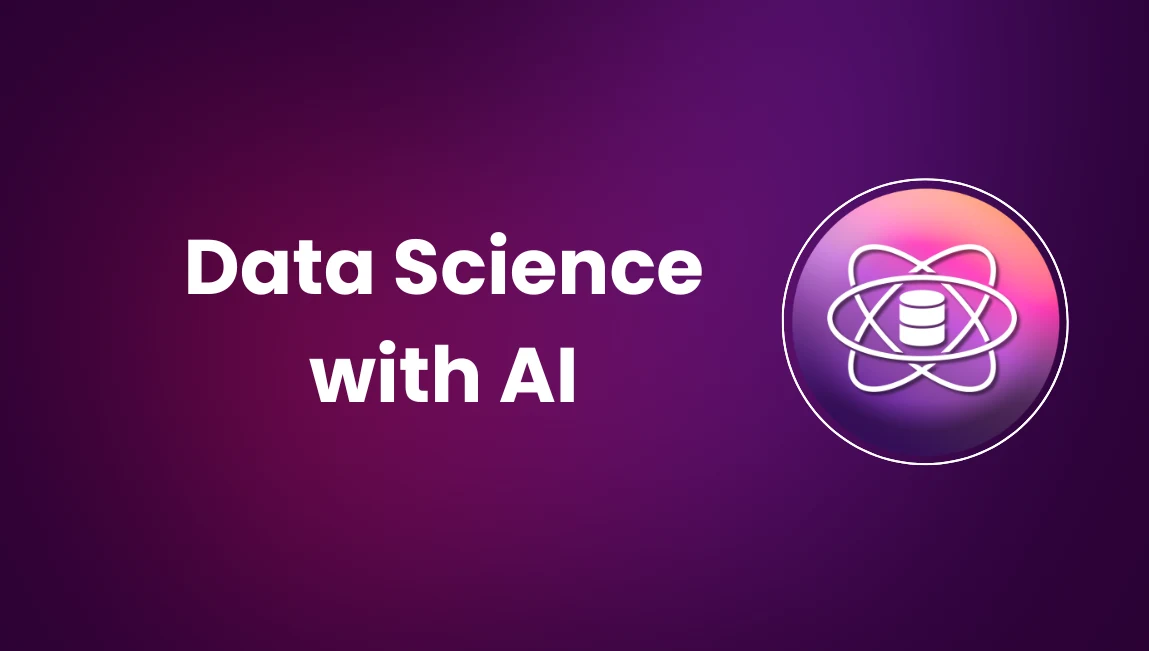Data science projects are vital for anyone aiming to thrive in today’s technology-driven world. Working on real projects not only deepens your understanding of data but also equips you with practical skills that employers actively seek. Companies across industries — finance, healthcare, retail, marketing, logistics, and more use data science daily to make better decisions, improve customer experiences, and increase operational efficiency.
Here’s why data science projects are a must:
- Hands-on learning: Apply theoretical concepts to real-world problems.
- Career readiness: Build a portfolio that showcases your ability to work with data.
- Problem-solving skills: Tackle complex challenges and identify patterns in data.
- Tool mastery: Learn essential programming languages like Python and R, along with tools like TensorFlow, scikit-learn, and SQL.
- Effective communication: Learn to present data-driven insights in a way that non-technical stakeholders can understand.
- Adaptability: Work with diverse datasets across various industries, preparing you for a wide range of roles.
In this blog, you’ll find projects categorized for beginners, final-year students, professionals, and end-to-end implementations. These projects cover every stage of the data science process from data collection and cleaning to visualization, modeling, and deployment.
Data Science Projects for Beginners
For beginners, it’s important to start with projects that focus on importing, cleaning, exploring, and visualizing data using Python or R. These projects help you develop foundational skills needed for real-world tasks.
1. Analyzing Customer Feedback
Use customer reviews from e-commerce sites to explore sentiments and identify product strengths and weaknesses. Learn to clean text data and perform basic sentiment analysis.
2. Exploring Public Transport Usage
Analyze datasets from city transport systems to understand usage patterns. Work with time series data, missing values, and data visualization to derive actionable insights.
3. Predicting House Prices
Use housing datasets to predict prices based on location, area, and other features. Apply linear regression and data visualization techniques to explain the results.
4. Analyzing Weather Patterns
Download weather datasets to explore trends in temperature, humidity, and rainfall. Learn how to clean and manipulate data while visualizing seasonal trends.
5. Image Classification with MNIST Dataset
Learn how to process image datasets and build simple neural networks to classify handwritten digits using Python libraries like TensorFlow or PyTorch.
Data Science Projects for Final-Year Students
These projects are more research-oriented and typically require 2–3 months of dedicated effort. They involve advanced modeling, statistical analysis, and deeper data exploration.
6. Predicting Healthcare Outcomes
Analyze patient data to predict recovery rates or treatment outcomes using classification algorithms. Apply techniques like feature engineering and model evaluation.
7. Analyzing Social Media Trends
Scrape and analyze data from social media platforms to detect trending topics and engagement patterns. Explore NLP techniques and data visualization.
8. Reducing Supply Chain Costs
Build predictive models to optimize supply chain logistics, forecasting inventory needs, and minimizing transportation costs using historical sales data.
9. Financial Risk Analysis
Use datasets from the banking sector to build risk models. Apply statistical techniques, hypothesis testing, and regression analysis to understand patterns and predict risks.


Comments
No Comments Yet
Leave a Reply